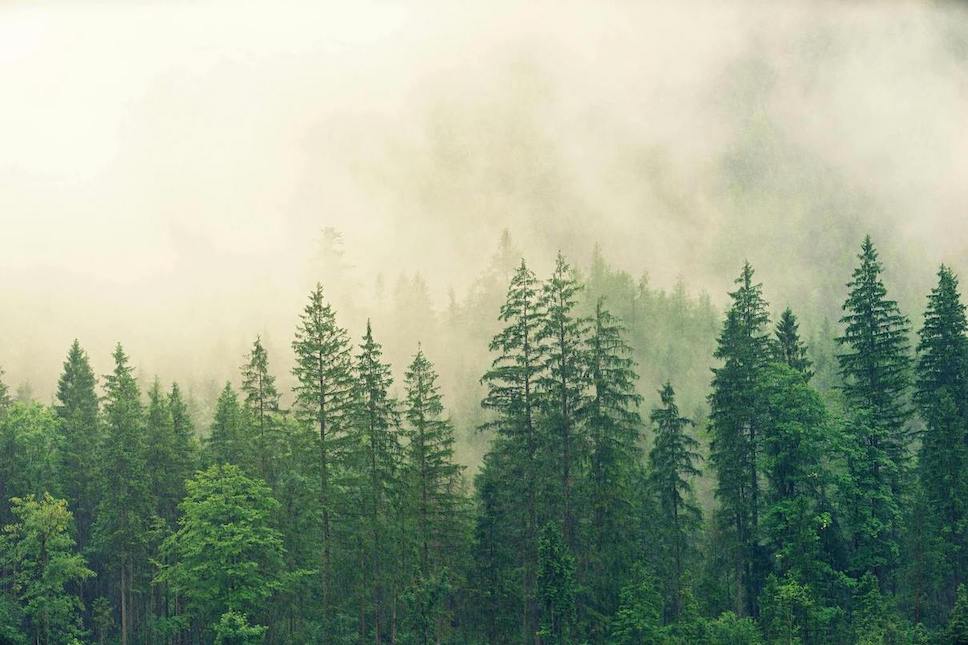World Forestry Day, observed annually on March 21st, serves as a global platform to raise awareness about the importance of forests and trees in sustaining life on Earth. First established by the Food and Agriculture Organization (FAO) in 1971, this day provides an opportunity to celebrate the invaluable contributions of forests to biodiversity, climate regulation, water conservation, and human well-being. It also highlights the urgent need to address deforestation, degradation, and other threats facing forest ecosystems worldwide. World Forestry Day underscores the interconnectedness between forests, people, and the planet, emphasizing the imperative for collective action to protect and manage our forest resources sustainably. For India, a country endowed with rich biodiversity and diverse forest landscapes, this day holds particular significance, as it recognizes the vital role of forests in supporting millions of livelihoods and preserving ecological balance.
As we commemorate World Forestry Day, it’s imperative to recognize the critical role that forests play in sustaining life on our planet. In India, where forests are not only rich in biodiversity but also crucial for millions of livelihoods, the conservation and expansion of forest cover are of paramount importance. Fortunately, numerous non-governmental organizations (NGOs) have taken up the mantle to safeguard and enhance India’s forest resources. Here are ten NGOs at the forefront of this noble endeavour:
Wildlife Trust of India (WTI)
Founded in 1998, WTI has been tirelessly working towards the conservation of India’s wildlife and forests. With a multifaceted approach that includes habitat conservation, anti-poaching efforts, and community engagement, WTI has made significant strides in safeguarding India’s forests. Their projects often focus on creating wildlife corridors, reforestation initiatives, and mitigating human-wildlife conflicts.
Foundation for Ecological Security (FES)
FES operates with the belief that local communities are the custodians of their natural resources. Through participatory approaches, FES works closely with rural communities to restore and manage degraded lands, including forests. Their emphasis on community-led forest governance has led to the revival of numerous degraded forest areas across India, ensuring sustainable resource management and livelihood opportunities for local populations.
Greenpeace India
Greenpeace is renowned worldwide for its environmental advocacy, and its Indian chapter is no exception. In the realm of forestry, Greenpeace India has been instrumental in campaigning against deforestation, illegal logging, and promoting forest conservation policies. Through research, advocacy, and grassroots mobilization, they strive to hold governments and corporations accountable for their actions impacting India’s forests.
Centre for Science and Environment (CSE)
CSE’s approach to forestry revolves around promoting policies and practices that reconcile environmental conservation with developmental imperatives. Their work encompasses issues such as forest governance, biodiversity conservation, and climate change adaptation. CSE’s research and advocacy efforts have been instrumental in shaping India’s forest-related policies and fostering public awareness on the importance of forests.
The Nature Conservancy India
Leveraging its global expertise in conservation, The Nature Conservancy (TNC) collaborates with local stakeholders to protect and restore India’s forests and biodiversity. TNC employs science-based approaches to identify priority conservation areas, implement restoration projects, and engage communities in sustainable land-use practices. Their holistic approach considers both ecological and socio-economic dimensions, aiming for lasting conservation outcomes.
Vanashakti
Operating primarily in the Western Ghats region, Vanashakti focuses on protecting and restoring forest ecosystems, particularly in ecologically sensitive areas. Their initiatives range from advocating for the declaration of protected areas to conducting tree plantation drives and biodiversity surveys. Vanashakti also actively engages with local communities to promote ecotourism and sustainable livelihood alternatives, thereby fostering a symbiotic relationship between people and forests.
Aaranyak Foundation
Aaranyak Foundation focuses on biodiversity conservation and sustainable development in Northeast India. With a particular emphasis on the Eastern Himalayas, Aaranyak works on habitat restoration, wildlife protection, and community-based natural resource management. Their initiatives aim to conserve critical forest ecosystems while promoting the socio-economic well-being of indigenous communities.
Sankalp Taru Foundation
Sankalp Taru Foundation specializes in large-scale afforestation and reforestation projects across India. Through innovative techniques such as aerial seed bombing and community-driven tree planting campaigns, Sankalp Taru aims to restore degraded landscapes, combat desertification, and mitigate climate change impacts. Their efforts have led to the establishment of numerous green corridors and carbon sinks.
Bombay Natural History Society (BNHS)
BNHS is one of India’s oldest and most respected organizations dedicated to the study and conservation of nature. In addition to its research activities, BNHS undertakes various conservation projects aimed at protecting India’s biodiversity hotspots, including forests. Their work involves habitat restoration, species conservation, and environmental education to promote greater awareness and appreciation for India’s natural heritage.
Kalpavriksh
Kalpavriksh, meaning “Tree of Life,” is an environmental action group that focuses on biodiversity conservation, sustainable development, and environmental justice. In the context of forests, Kalpavriksh advocates for the protection of natural habitats, indigenous rights, and community-based forest management. Their initiatives often involve research, policy analysis, and grassroots activism to address issues such as deforestation, land degradation, and forest-dependent livelihoods. Kalpavriksh’s work emphasizes the holistic relationship between humans and nature, striving for equitable and ecologically sustainable solutions to forest conservation challenges in India.
As we reflect on the significance of forests for the well-being of present and future generations, it’s heartening to see these NGOs leading the charge in safeguarding India’s forest cover. Their dedication, innovation, and collaborative efforts offer hope for a greener, more sustainable future where forests thrive, biodiversity flourishes, and communities prosper in harmony with nature. Let us celebrate and support their invaluable contributions to India’s environmental heritage.


